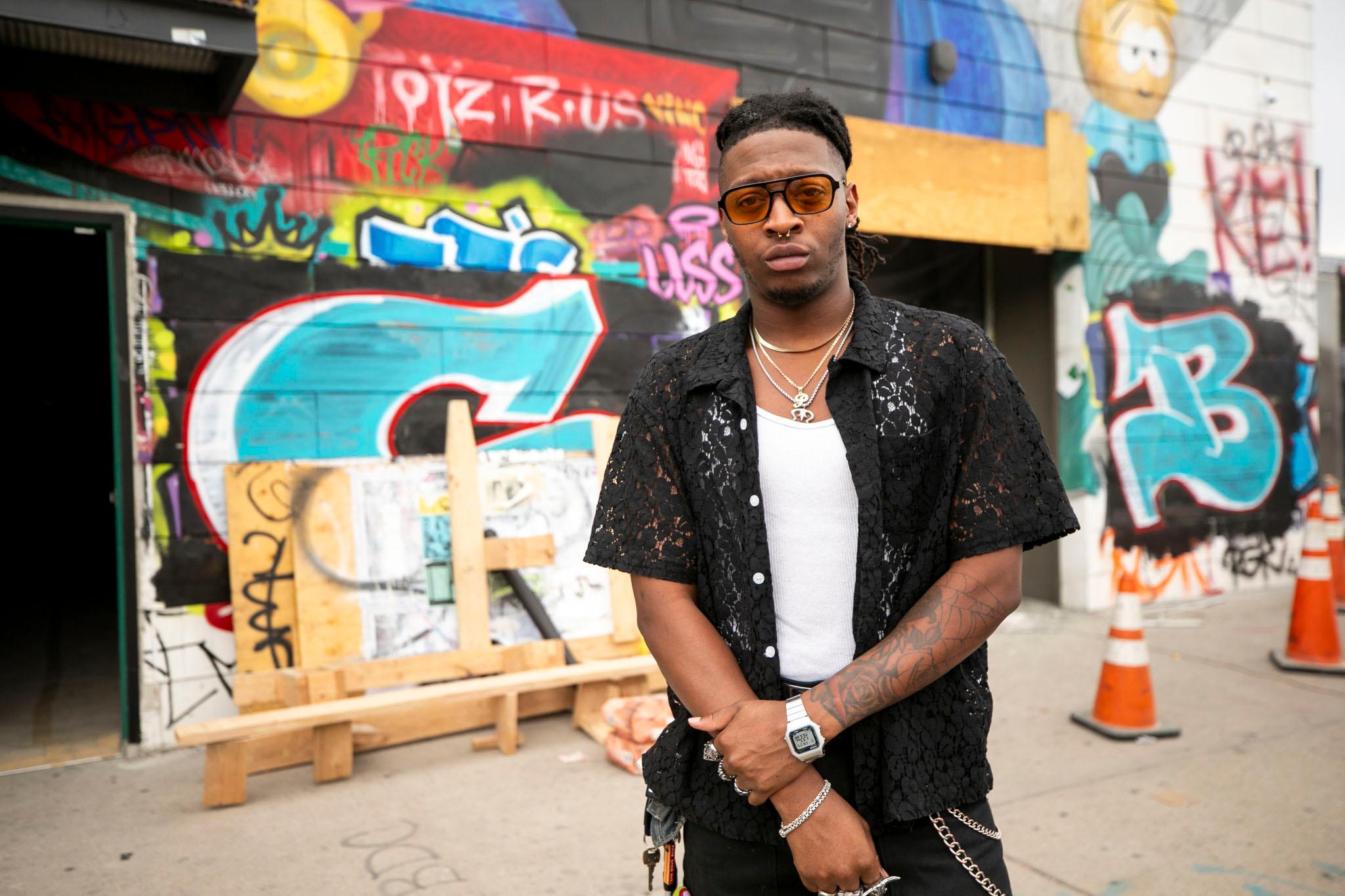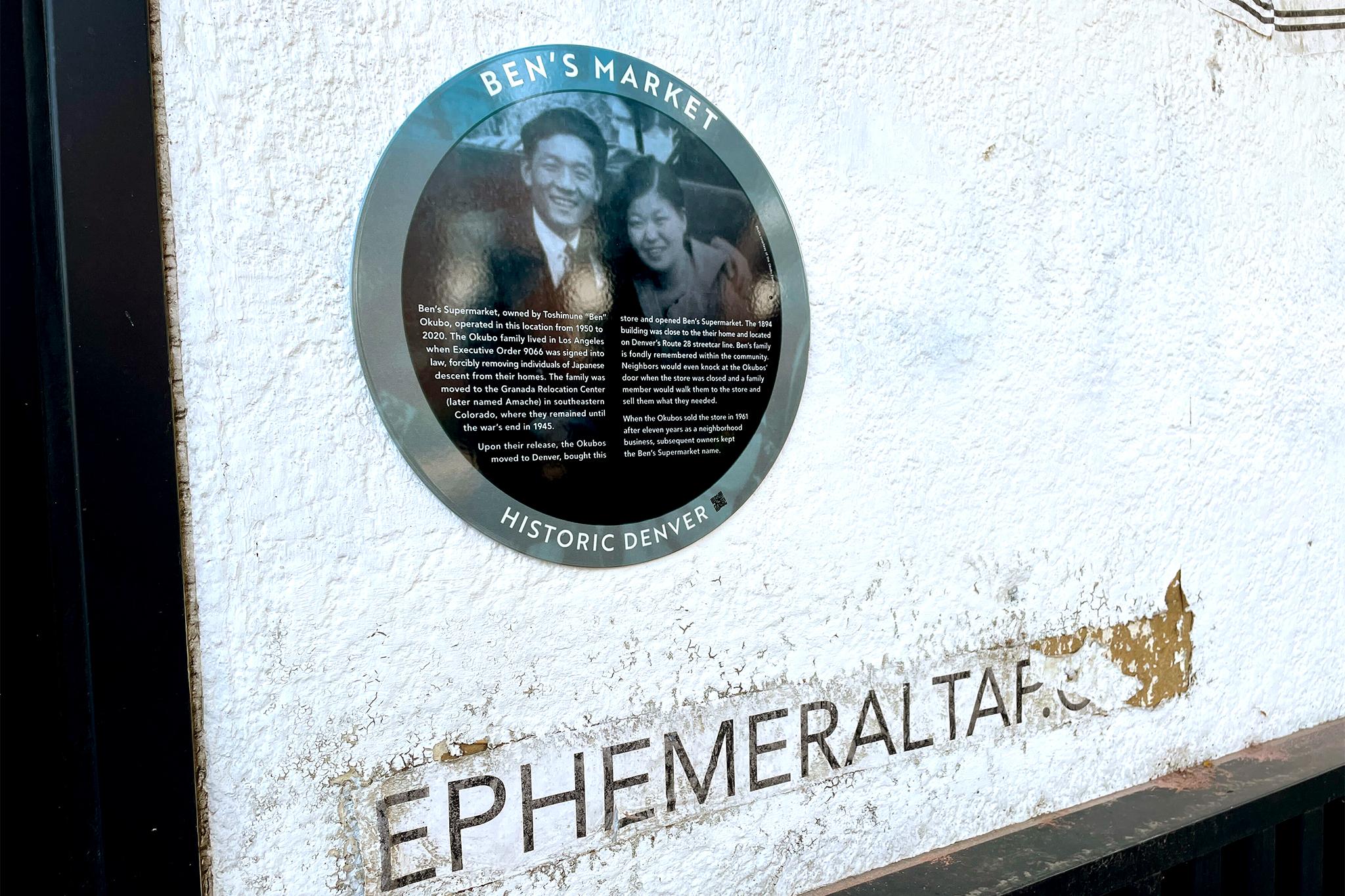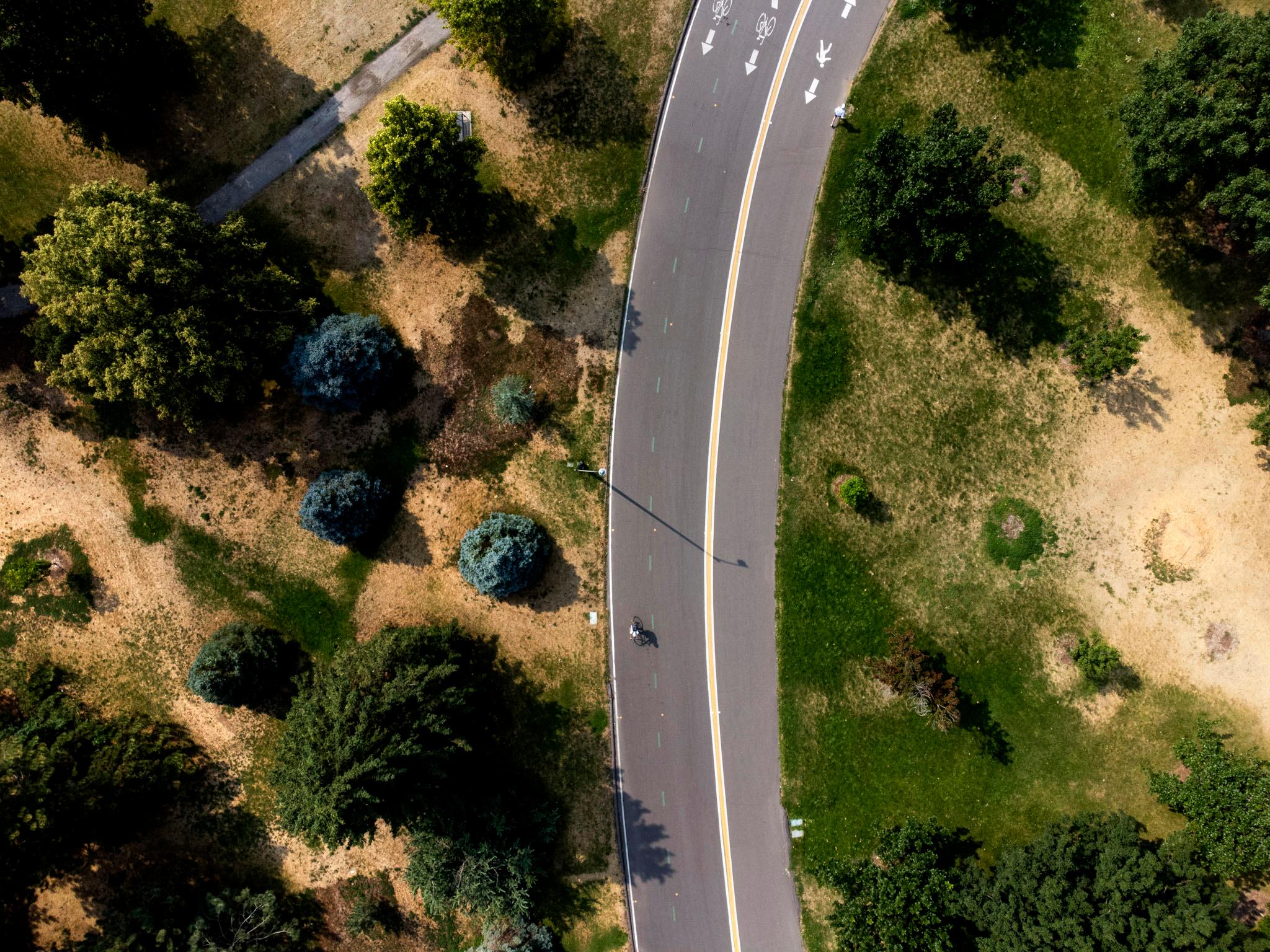
You've been there: It's 2 a.m. and raining, you're drunk in RiNo and you're far from home. If Lyft wants to charge you 200 percent more than the standard fare to get home, you'll complain loudly but accept it.
So what circumstances would get you to pay a markup for food delivery?
Imagine a snow storm sneaks up on Denver and you have no food in your apartment. The only two things you want in this moment are to eat some lo mein and to not go outside.
If you use Postmates, you're probably going to get hit with surge pricing, or as they call it, "blitz pricing." But aside from Sprig -- an app that doesn't offer service in Denver -- it's the only service to use that practice.
Some say that could soon change.
Michael DiBenedetto, cofounder and CEO of the food delivery search engine Bootler, recently wrote a guest column for Venture Beat predicting just that. He argues that the companies "face pressure to raise wages so that drivers don’t opportunistically hop from company to company, soaking up sign-up bonuses" and "in addition to commanding higher wages, drivers are taking legal action to demand benefits."
"They can’t increase restaurant commissions," he wrote. "Most delivery companies take between 10 and 30 percent of each order depending on their model, and restaurants already operate on slim margins. Consumers will have to make up the difference by paying variable delivery prices."
"It’s sheer economics and a trend that will shape the future of online food ordering."
And while concern over which delivery service is the cheapest is good for business at DiBenedetto's price-comparing company, his argument makes sense whether or not he stands to gain from the response to it.
Haragopal “HG” Parsa, a professor teaching restaurant management, entrepreneurship and marketing at the University of Denver, made similar points:
“Restaurant margins are very, very thin,” he said. “Labor prices are going up. Obamacare is costing money … They’ve got to make it up somewhere. That’s the driving force behind surge pricing.”
It’s not just services like Uber and Lyft that do this. Airlines do it and hotels do it, he pointed out. It's supply and demand.
"Honestly, I’ve been complaining about it -- why restaurants are not doing it. They should have done it a long time ago,” he said. “Some people call it surge pricing; we call this dynamic pricing ... It’s nothing new … The basketball arena -- Lebron comes, price goes up. Lebron leaves, price goes down.”
But most food delivery services don’t do it.
A spokesperson for GrubHub told Eater that "GrubHub does not utilize surge pricing and we don't have any current plans to do so."
Seamless and GrubHub merged back in 2013, so Seamless users might be safe for now, too.
Some of the others we looked at have higher delivery minimums and fees, or even fuel charges, but still no surge pricing.
Eitan Bencuya, head of communications for DoorDash, said in an email, "We currently have no plans to launch any sort of surge pricing. In fact, at DoorDash we're actively working to lower delivery fees -- through improved operations, wider selection and advanced technology -- rather than trying to make delivery more expensive."
So will it ever happen?
"My professional opinion: A price increase comes once they’ve got a critical mass of business."
"If they don’t have a critical mass of business, they can’t afford to raise prices. That’s what they’re waiting for,” Parsa said. “They’re on the cutting edge, but they’re not that popular yet. Once they become that popular, I promise you they will do it.”













